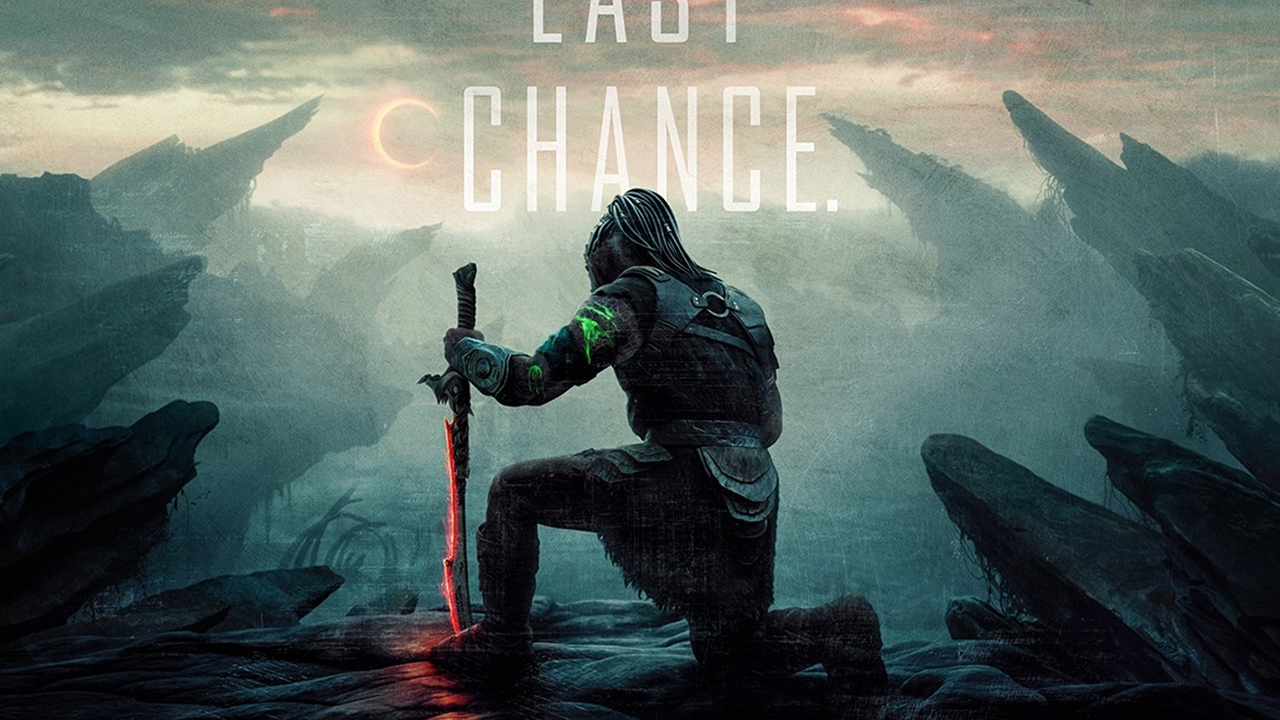How Sending Humans to an Asteroid Would Work (Infographic)

NASA’s current asteroid-redirect mission plan calls for a robotic probe to capture a small asteroid (or one boulder from a large space rock) in deep space and tow it back to lunar orbit, where it would be visited eventually by astronauts. But another proposal advocated in an October 2014 editorial in the journal Nature would fly a crew directly to a near-Earth asteroid, or NEA, in its native orbit.
If the ultimate goal is a mission to Mars, a NEA in its native orbit provides more experience in operating long-duration missions in deep space, says the editorial's author, MIT professor Richard Binzel. NASA’s proposed asteroid redirect mission would not take crews much farther than they’ve already been: the moon.
A manned flight to a NEA would take weeks or months, as opposed to NASA's redirect plan, which would only involve astronauts flying in space for days.
The first step toward visiting a NEA should be undertaking a comprehensive search for close-flying space rocks, Binzel says. Such a survey would find thousands of potential astronaut destinations that could serve as "stepping stones" to Mars, and would also identify many space rocks that could pose a threat to Earth down the road.
How It Works: NASA Asteroid-Capture Mission in Pictures
How to Catch an Asteroid: NASA Mission Explained (Infographic)
Join our Space Forums to keep talking space on the latest missions, night sky and more! And if you have a news tip, correction or comment, let us know at: community@space.com.
Get the Space.com Newsletter
Breaking space news, the latest updates on rocket launches, skywatching events and more!

Karl's association with Space.com goes back to 2000, when he was hired to produce interactive Flash graphics. From 2010 to 2016, Karl worked as an infographics specialist across all editorial properties of Purch (formerly known as TechMediaNetwork). Before joining Space.com, Karl spent 11 years at the New York headquarters of The Associated Press, creating news graphics for use around the world in newspapers and on the web. He has a degree in graphic design from Louisiana State University and now works as a freelance graphic designer in New York City.
